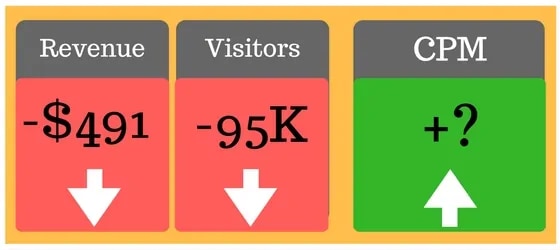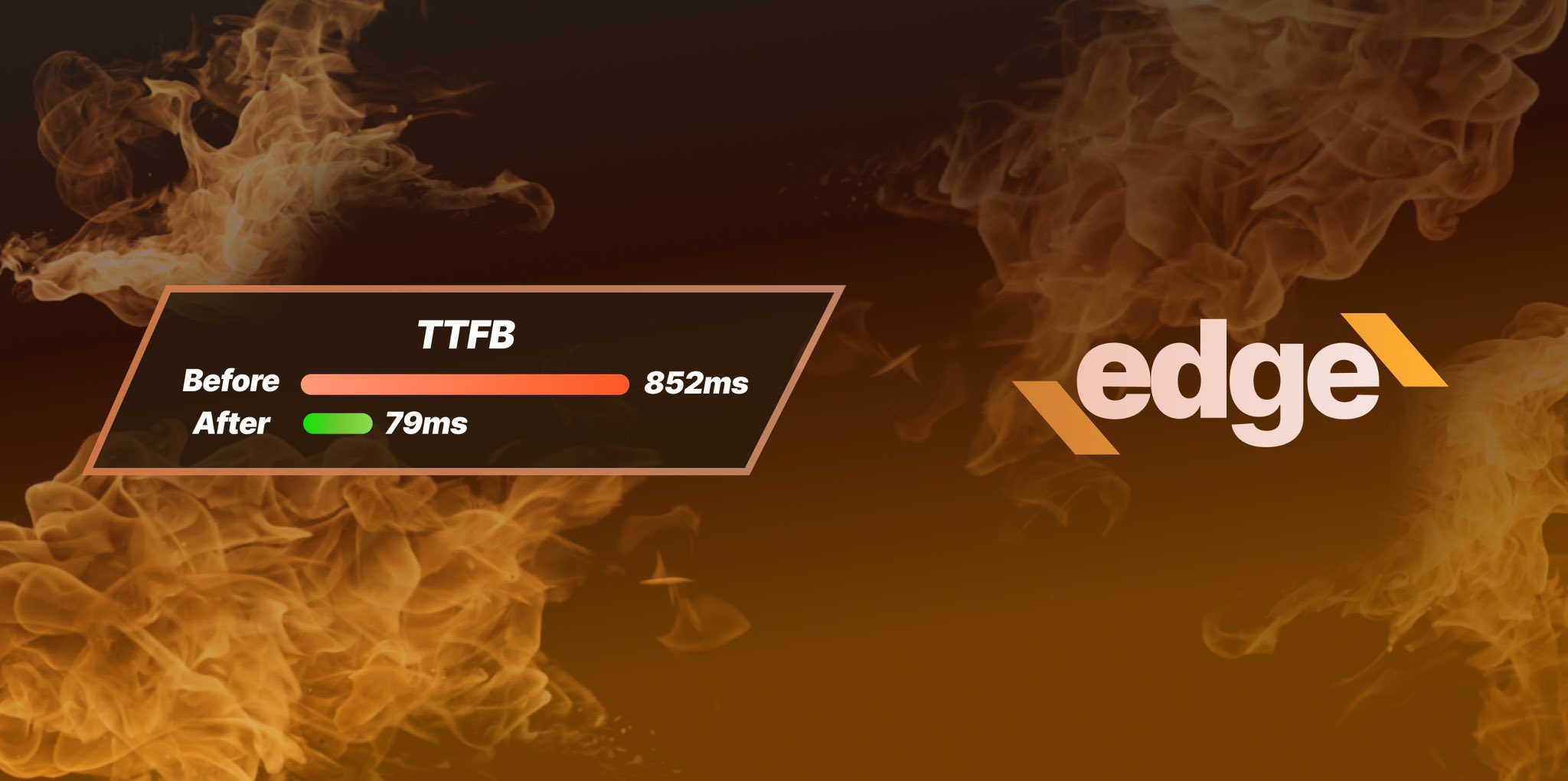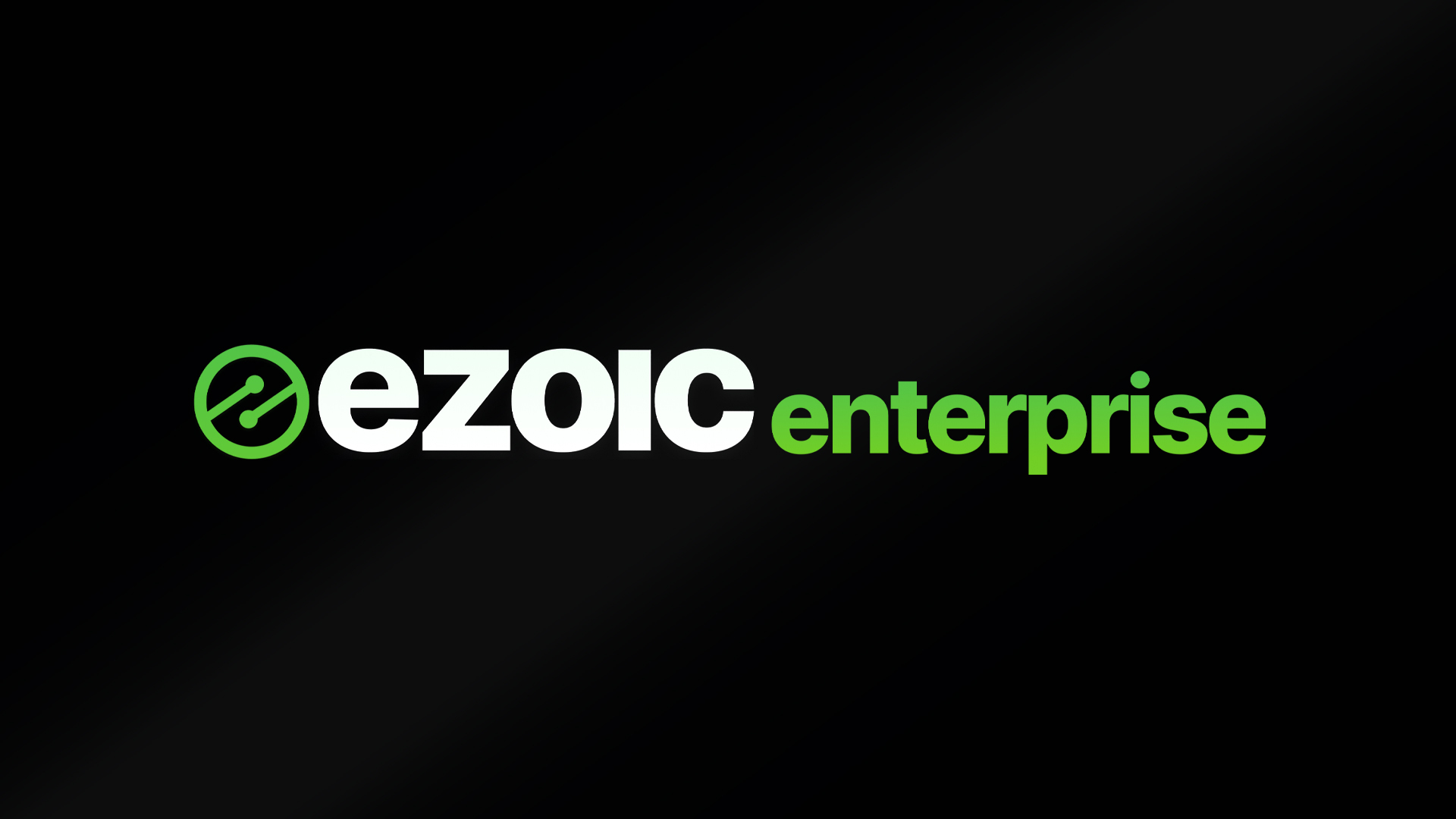
eCPM vs RPM Is Skewing True Earnings

Get helpful updates in your inbox
eCPM vs RPM Is Skewing True Earnings
In most industries, the metrics that represent success for the parties involved have long ago been generally agreed. In the advertising and publishing industry, this is not the case. This becomes clear when you start talking with publishers, ad ops teams, and site owners debating and quoting eCPM (the effective Cost per Mille or Thousand ad impressions) vs. RPM (Revenue per Mille or Thousand pageviews) metrics as the key metrics to determine if a site’s earnings represent ‘revenue success’.

The flaw in this equation is thinking that eCPM or RPM is giving you a metric that is a “true north” for overall site earnings. If you’re going to Navigate – you need to know where your North Star is!
CPM, eCPM, and RPM could all be going up but your site revenue as a whole, SEO, visitors, and UX metrics could all be theoretically going down (in fact, we’ve seen this happen… a lot).
Below, we’ll explain the math behind this and outline the simple formula that will allow you to consistently (and simply) measure the direction of your site’s revenue/earnings; while taking into account things like visitors, SEO, bounce rate, pageviews per visit, and other UX metrics.
Here’s a resource to help get a better idea of what’s a good bounce rate.
CPM vs. RPM actually doesn’t matter. There’s another metric that actually is better for optimizing total revenue that is easier to calculate.
Why eCPM, CPM, and RPM Exist As Metrics
Before we dig into exactly how you can account for all of this — and we reveal the math and solution below — it’s probably good to provide some context. CPM, eCPM, and RPM are metrics that are well-accepted by the online advertising for good reason, and without understanding that you may not fully grasp why there is so much parody in the industry for using them.
CPM and eCPM are metrics for advertisers, not publishers. This isn’t hidden. It’s in the name; “cost per mille (thousand)”. It is outlining the cost for the advertiser to buy your ad inventory (space on your website).
CPM vs. eCPM?
What’s the difference between CPM and eCPM? CPM is the cost per mille for an individual ad unit. eCPM — or effective CPM — is the total cost for all the ads on a page of a publisher’s website.
A CPM is the price paid for a single ad space and eCPM is the total price paid for all the ads on a page.
What’s the difference between earnings vs revenue for ads? Nothing but semantics really, they are both terms used to describe the monetization of ad inventory by publishers.
Now, you might be saying, “if they pay more for my inventory, aren’t I making more revenue (or earnings)”? The answer is simply, no.
We’ve seen over and over again that ad eCPM and CPMs aren’t the best indicators of overall revenue improvement. Even RPM — which looks at revenue per thousand impressions — does not present a directionally accurate metric for publishers because it does not additional pageviews during a visitor session (RPM is essentially the same as eCPM, by the way).
RPM also does not take into account earnings, visitors, SEO, and critical UX metrics that drive a site’s long-term success.

RPM vs. CPM
This is sort of redundant. But, RPM refers to the total of all CPMs on the page and CPMs are the price paid for a single ad location.
Optimizing your website around either will ultimately lead you astray; as they do not account for total pageviews per session or the impact that ads have on the value of other ads. This is critical long term.
Read this study here about the long-term impact of “CPM optimization”.
What’s a good eCPM or RPM? Look at EPMV Instead…
Determining a good RPM or eCPM for your website is a terrible way to approach revenue optimization. I wrote about why in this popular article.
The questions of, “what’s a good eCPM, CPM, or RPM?” is actually the wrong question.
As we outlined above, they do not take into account important things like ads impact on SEO, UX metrics, or traffic. This means you could calculate eCPM, RPM, and CPM metrics that are going up but overall session earnings that are decreasing.
If sessions earnings — or EPMV (earnings per [thousand] visitors) — is going down, it is unequivocal that you will be making less revenue PER VISITOR. EPMV accounts for the amount of revenue you are earning per session; which means that you can account for how much revenue you are earning when traffic is fluctuating.
Let me walk you through the math above…
Let’s imagine you have a site with an $8 eCPM (or RPM both work the same in this scenario). You average 2.5 pageviews per visit right now and are making around $200.00 in a predetermined timeframe (nice work).
Now, let’s pretend an ad network comes along and offers you a guaranteed $10 eCPM. Obviously, $10 is more than $8, so you naturally accept.
Come to find out, the ads that now exist on those pages of your site include auto-play video, numerous ads above the fold, and other annoying elements that cause your users to bounce more often than they did before.
This means your average pageviews per visit drop to 1.5. This means that overall you are making $50 LESS than you were in the same amount of time before ($150 vs $200).

Is this example always true, absolutely no. But, it is very common to see high CPMs and RPMs going up but total revenue PER VISITOR going down.
One last example
Ad rates are often lower in January than February. Yet, you decide to compare the 28 days of February vs. the first 28 days of January to see how revenue is performing month over month.
You learn that revenue was actually higher in January — when ad rates are traditionally lower! Yikes, you wonder what has happened to RPMs or eCPMs in February to cause this drop when things should actually be going up.
If you calculate your EPMV, you can see what assumptions are true and which ones are false. EPMV will actually help you account for traffic differences in this equation.
You may learn that EPMV in February was actually higher. This means that it’s possible the difference in revenue is actually only related to less sessions, and not making less money overall from ads.
Watch Video Explanation from the Google sponsored Publisher Forum
Measure EPMV instead of eCPM or RPM
With seasonality, the rise of mobile, AMP, and a million other variables, you need a metric that can help you ensure that you are always going in the right direction. This means that you account for revenue, visitors, bounce rate, and more altogether.
The best metric for publishers is EPMV (earnings per thousand visitors or “session revenue”). The math behind this is very simple. Take your total site earnings for a period of time and divide it by 1,000 visitors (see image below).

EPMV will automatically take into account bounce rate and pagviews per visit. This is the only way to measure that revenue is truly going in the right direction in spite of any outside factors like seasonality.
Wrapping it all up
Smart publishers are aware that often they get high CPM’s or RPM’s (or offered guarantees by ad networks) that don’t always translate to higher site revenue. However, few are actually using EPMV as a metric to keep things on track.
I’ve been banging this drum a while. There are few in the ad space that are incentivized to join me; as looking at EPMV or session revenue really offers no benefit to them. However, it does offer a big benefit to publishers.
I encourage all publishers to use free advanced analytics on their site to dig down deeper into these things page by page (and landing page by landing page) to optimize their site and make smart objective decisions, or you could let machines make smart decisions for you.

Tyler is an award-winning digital marketer, founder of Pubtelligence, CMO of Ezoic, SEO speaker, successful start-up founder, and well-known publishing industry personality.
Featured Content
Checkout this popular and trending content

Ranking In Universal Search Results: Video Is The Secret
See how Flickify can become the ultimate SEO hack for sites missing out on rankings because of a lack of video.
Announcement

Ezoic Edge: The Fastest Way To Load Pages. Period.
Ezoic announces an industry-first edge content delivery network for websites and creators; bringing the fastest pages on the web to Ezoic publishers.
Launch

Ezoic Unveils New Enterprise Program: Empowering Creators to Scale and Succeed
Ezoic recently announced a higher level designed for publishers that have reached that ultimate stage of growth. See what it means for Ezoic users.
Announcement

